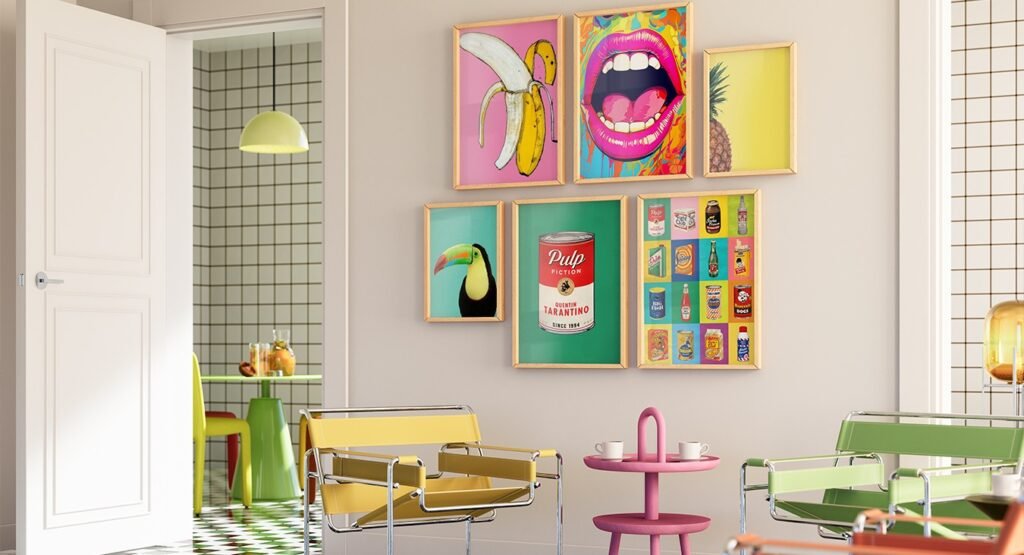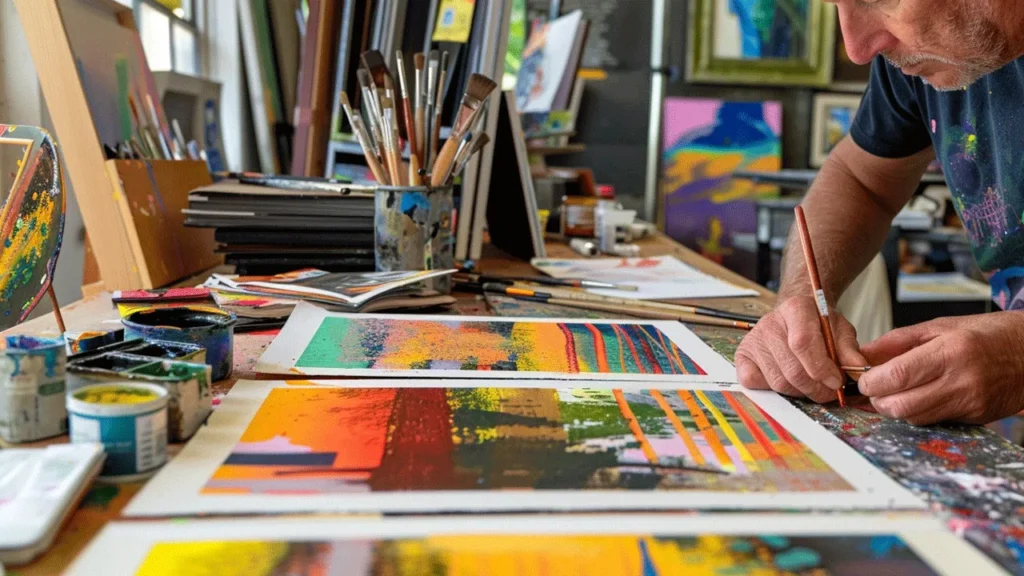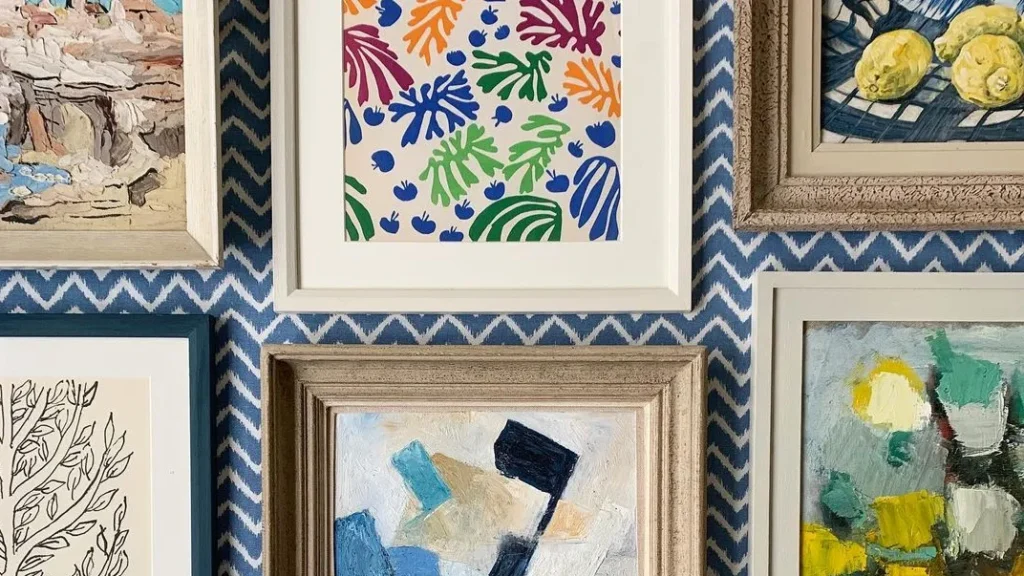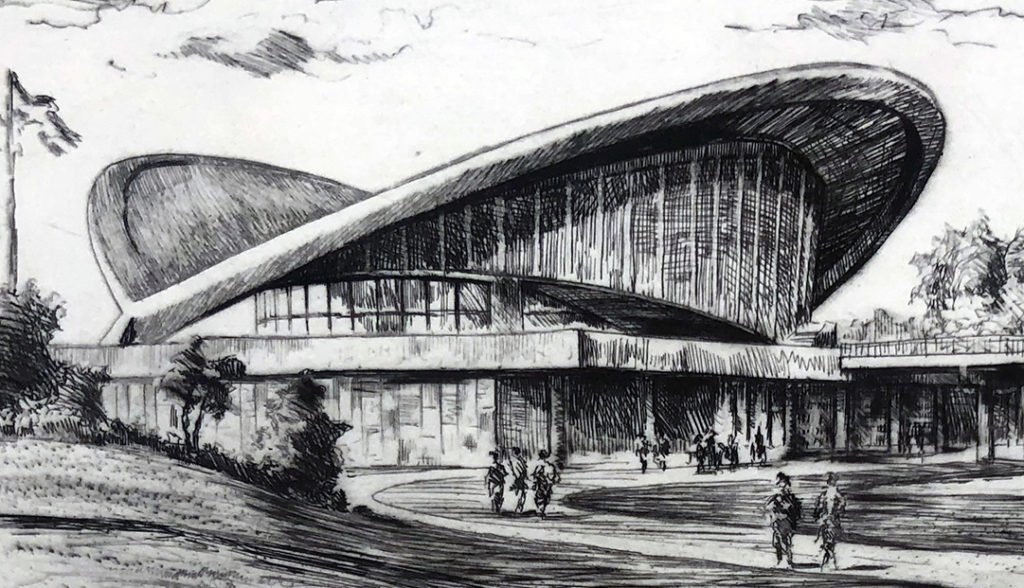The Role of Prints in Pop Art Movement
The Pop Art movement, which emerged in the 1950s and 1960s, transformed the art world by embracing mass culture, consumerism, and everyday imagery. Prints played a central role in this revolution, offering artists a medium to explore themes of repetition, accessibility, and the merging of high and low art. 1. Making Art Accessible Printmaking allowed […]
The Role of Prints in Pop Art Movement Read More »










